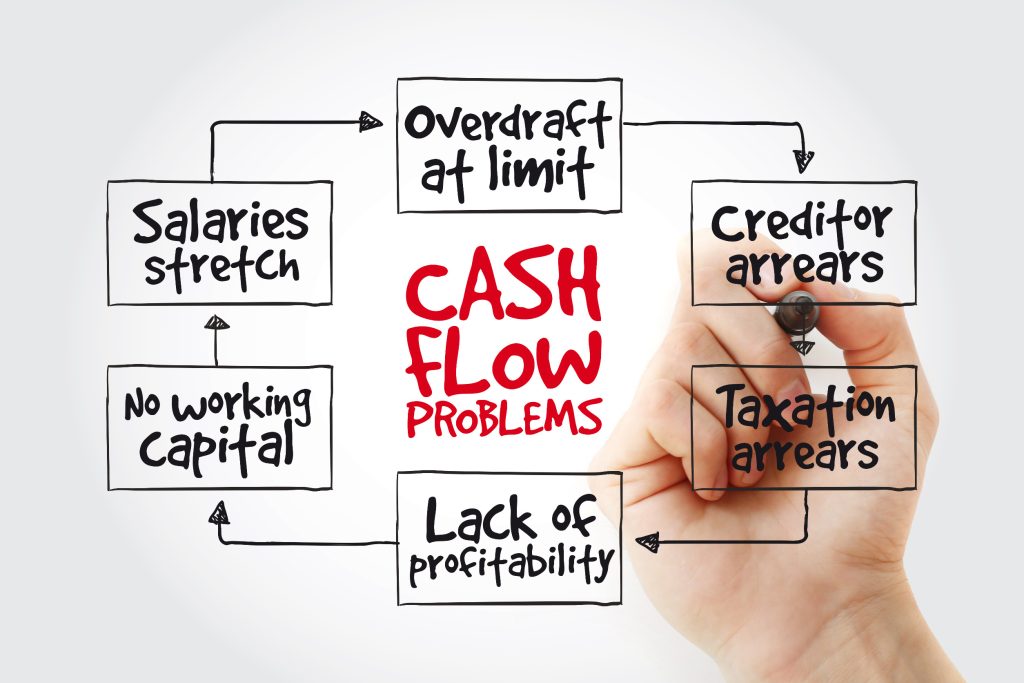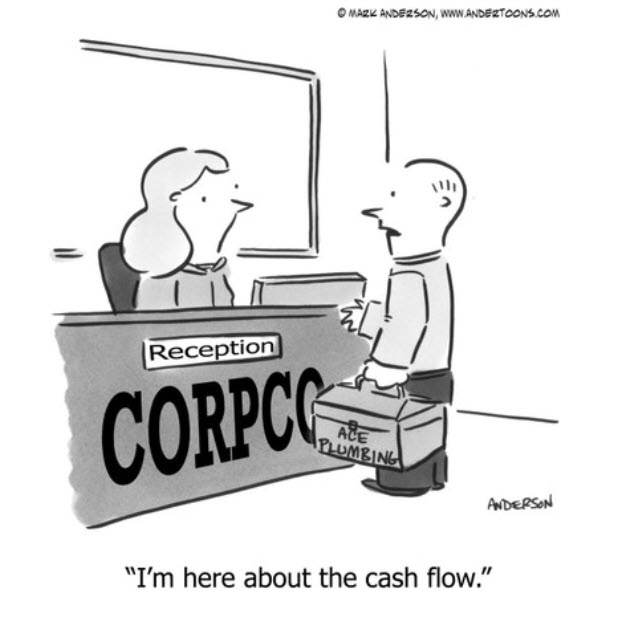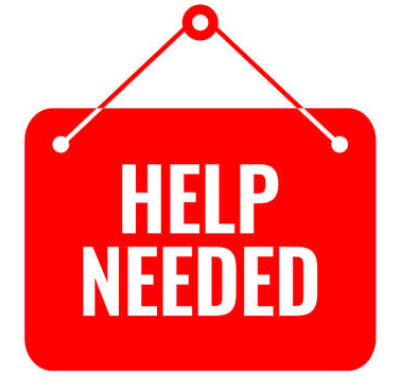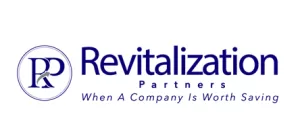 Given the nature of banks and other lenders tightening their lending policies and a slowdown in purchasing in certain market segments, Revitalization Partners is beginning to hear about a serious problem from both present and prospective clients.
Given the nature of banks and other lenders tightening their lending policies and a slowdown in purchasing in certain market segments, Revitalization Partners is beginning to hear about a serious problem from both present and prospective clients.
Their companies are running out of cash.
WHY BUSINESSES FAIL …
 According to Business Insider, 82% of businesses that fail, do so due to cash flow problems. A cash flow shortage occurs when more money is flowing out of a business than is coming into the business.
According to Business Insider, 82% of businesses that fail, do so due to cash flow problems. A cash flow shortage occurs when more money is flowing out of a business than is coming into the business.
This means that during a cash flow crisis, the business may not have the funds to cover payroll or other operating expenses or to purchase inventory or necessary equipment.
When management has no strategy or plan in place for handling a cash flow shortage, a crisis occurs. In the event of this happening, you need to be able to take rapid action to prevent business failure.
This article discusses several steps that you can take in the event of a cash flow crisis.
CLOSELY INSPECT YOUR BUSINESS …
Encountering a cash flow shortage should cause you to closely inspect everything about your business. This means everything: Processes, operations, expenses, and most of all financial reporting.
 A number of companies that approach RP for assistance do not have current financial statements. Some are months behind and some even years. Those that are years behind also have issues with unfiled taxes at both the federal and local levels.
A number of companies that approach RP for assistance do not have current financial statements. Some are months behind and some even years. Those that are years behind also have issues with unfiled taxes at both the federal and local levels.
Current financial statements allow you to use a job costing mentality to look at the details of your business’s profit and loss statement and profit margins within your company.
You should be looking at the details of jobs, clients, events, marketing strategies, sales, services and employees to determine which areas of your business are the most and least profitable.
This will allow you to make adjustments to your businesses to focus on the most profitable parts and to reduce expenses or eliminate those that may be costing you more cash than you had planned for.
ACT ON UNPROFITABLE OPERATIONS …
An important issue here is absolute honesty.
 It’s important to look at the facts and the impact of low-margin or unprofitable operations on the overall business.
It’s important to look at the facts and the impact of low-margin or unprofitable operations on the overall business.
In a cash flow crisis, the importance is to rapidly improve the inflow of cash and reduce the outflow.
This may mean eliminating certain products or services, reducing headcount, raising prices, and eliminating unprofitable clients and customers.
There are always reasons why it can’t be done, but the successes of those companies that have taken these steps demonstrate that it does work.
ACCELERATE RECEIVABLES …
 There are several other steps that can be taken to improve cash flow. These include accelerating receivables.
There are several other steps that can be taken to improve cash flow. These include accelerating receivables.
Depending on the nature of the business, you can increase deposits from new customers for goods and services.
Sending out invoices to clients immediately following a purchase or service instead of waiting until the end of the month.
Offering a discount for prompt payment of invoices.
And make sure your invoices are accurate to eliminate the time taken to negotiate payments by the customer.
NEGOTIATE PAYABLES …
 Another step to alleviate a cash flow crunch is to negotiate payables.
Another step to alleviate a cash flow crunch is to negotiate payables.
While you will often be told that your vendors “have policies” those vendors that value your relationship may be willing to assist, especially if you can demonstrate that the situation is temporary.
When asking for an adjustment in the timing of payables, it’s important to be honest about the problem and offer vendors a clear plan toward a solution.
SLASH EXPENSES QUICKLY …
Yet another step is to slash expenses. While, in any business, you should always scrutinize expenses in detail, you need to be especially critical during a cash flow crisis.
 It’s time to set priorities for spending and delay or eliminate as much outgo as possible.
It’s time to set priorities for spending and delay or eliminate as much outgo as possible.
One well-known technology company addressed the cash flow problem by cutting management salaries and eliminating bonuses.
A financial services company eliminated an entire product offering and substantially cut year-end bonuses for the entire company.
Other companies have cut unproductive salespeople from their organizations. Painful? Yes! But as someone once said: “Cash is King.”
SELL OFF NON-ESSENTIAL ASSETS …
 Another option is to sell off inventory or non-essential assets. While you may take a loss on the inventory, it will generate cash.
Another option is to sell off inventory or non-essential assets. While you may take a loss on the inventory, it will generate cash.
Many companies do not have knowledge of the carrying cost of inventory.
And yet, while it represents an asset on the balance sheet, it has a negative impact on cash unless it turns very quickly.
In a cash flow crisis, the cash generated in the short term is more valuable than the longer-term profit created by carrying the inventory.
GET HELP EARLY …
 Lastly, if you or your team lack the experience to deal with a cash flow crunch, get assistance before it turns into a crisis.
Lastly, if you or your team lack the experience to deal with a cash flow crunch, get assistance before it turns into a crisis.
Assistance may not only help with the pending or current crisis but will work to assist with the prevention of a cash flow crisis in the future.
“An ounce of prevention is worth a pound of treatment.”
This saying applies to financial strategy as well as healthcare.
Revitalization Partners specializes in improving the operational and financial results of companies and providing hands-on expertise in virtually every circumstance, with a focus on small and mid-market organizations. Whether your requirement is Interim Management, a Business Assessment, Revitalization and Reengineering, a State Receivership or Bankruptcy Support, we focus on giving you the best resolution in the fastest time with the highest possible return.


